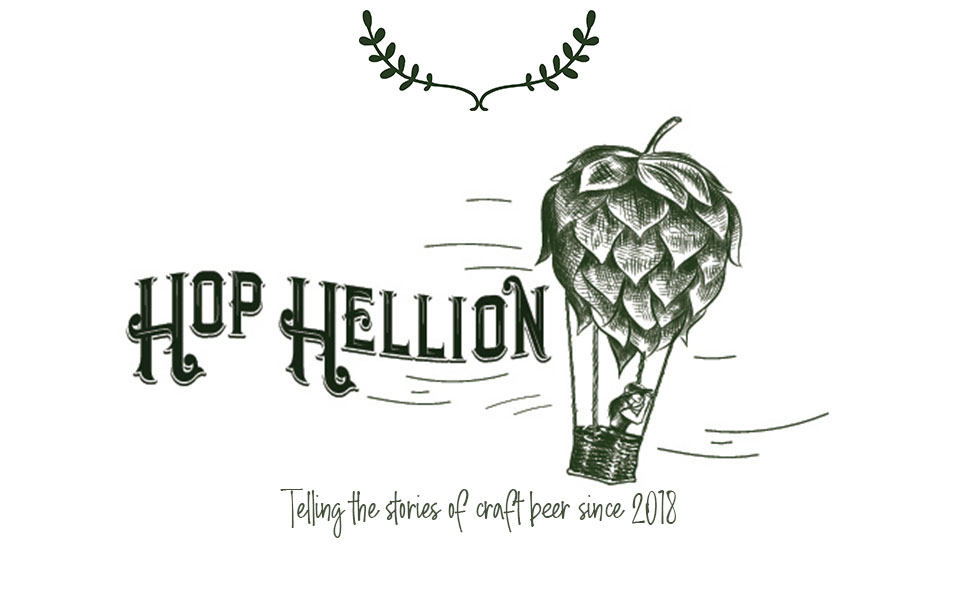Note: I wrote this a long time ago and never posted it (I’m not sure why). I think the beer if references was a one-off that you won’t be able to find anymore but the story is still super interesting. Enjoy!
In case it has become entirely obvious, I love craft beer. I also love discovering weird stories, especially about places near where I live. Ex Novo’s Blue Bucket of Gold allowed me to partake in both things.

What is a Blue Bucket of Gold, you may wonder? Well, I am so glad you asked. The western half of the United States’ history is littered with stories of gold and silver rushes (and as someone who grew up in California, I learned about a lot of them in school) but the legend of the Lost Blue Bucket Mine was a new one for me.
The story of this lost gold mine starts in 1845 (several years before the California gold rush started in earnest) somewhere between Vale and The Dalles in what is now Oregon. For those of you unfamiliar with Oregon geography, these two places are not close together. At all (to drive, it’s about 306 miles). Vale is almost in Idaho, while The Dalles is a river away from Washington. In short, we’re talking hundreds of square miles.

The area between Vale and The Dalles was frequented by those traveling on the Oregon Trail from the Missouri River Valley to Oregon City, OR (just southeast of modern-day Portland). An important thing to keep in mind about the Oregon Trail is that it had many, many offshoots and cutoffs (i.e. shortcuts). One of these cutoffs was known as Meek Cutoff, named after a shady-ass frontiersman named Stephen Meek (more on him shortly). The main Oregon trail, after entering the eastern border of Oregon, turned northeast to avoid going over the Cascade mountains (which were right between them and their goal of the Willamette Valley). However, Stephen Meek had the crazy idea to leave the main trail and go straight west across Oregon, through the High Desert, over the Cascades, and onto the Willamette Valley. Sounds like a good idea in theory, not so much in practice.

It was on the first trip along Meek Cutoff that the legend of the Blue Bucket Mine begins. While there are several versions of the story, the gist is this: the immigrants had stopped somewhere for water, some kids took a bucket to go get some, and came back with buckets full of water and some shiny rocks. When the children were asked if there were a lot of the shiny rocks, one of the said they could have filled the blue bucket they were carrying with them. Not much was made of the discovery as they were lost and had bigger things to worry about than shiny rocks (which they originally assumed were copper). However, a woman named Mrs. Fisher (no first name is recorded because patriarchy) kept at least one of the rocks, and after moving to California for the gold rush her family realized they already had some gold in their possession. And so, the legend of an unknown gold mine somewhere along Meek Cutoff was born.

The legend sparked a gold rush near Baker City, OR and has led to several crazy stories since. Here’s a few:
- In 1854, Benjamin Herron, a member of the original party to “discover” the mine, led a search party in search of the Blue Bucket Mine. They were driven out of the area by the native people.
- In 1861 a group of 44 men searched the area between the Deschutes and Malheur Rivers. They found yellow rocks that resembled (but were not) gold.
- Later that same year, a dumb-dumb named J.L. Adams boasted around Portland that he had found the Lost Immigrant Mine (as Blue Bucket was called at the time). He put together a search party and they headed east for the Blue Mountains. Turns out Adams was a huge liar and didn’t have a clue what he was doing so a lynch party formed (at they tend to do). Adams survived his ordeal, but the rest of the group ditched him. However, on their way back to Portland, they found gold at Griffin’s Gulch, which helped set off the gold rush near Baker City.
- In 1868 Stephen Meek decided to take his own chance at rediscovering the mine. That search was later referred to as “a wild goose chase.”
- In his book The Search for Oregon’s Lost Blue Bucket Mine, Charles Hoffman claims that he found the site in 1974 after following the directions set out in the diary of a cattle drive on the Meek Wagon Train but never actually reveals the site.


While there is another mine in Oregon called Blue Bucket (because apparently we’re not very creaive when it comes to naming things), that one has no gold, and the adventure to find the original Blue Bucket Mine has been on ever since Mrs. Fisher’s discovery.
So, what kind of beer does one brew to reflect such a crazy story? If you’re Ex Novo Brewing (one of my favorite breweries) you make a dry-hopped pilsner with Saphir hops. The straw color of the beer reflects the gold of the mysterious mine and a crisp, light pilsner like this would be a perfect beer to drink in the middle of Oregon’s high desert on a hot day. Who knows, you might even end up finding the lost Blue Bucket Mine.

